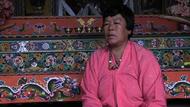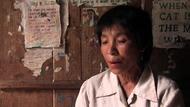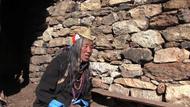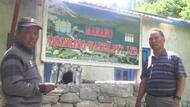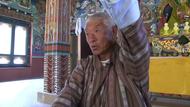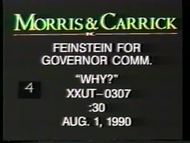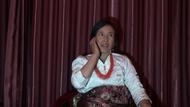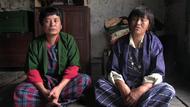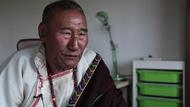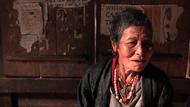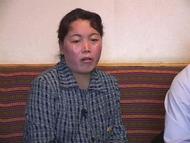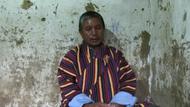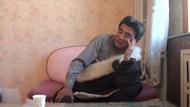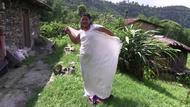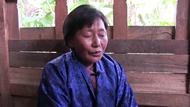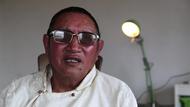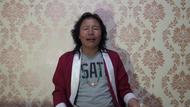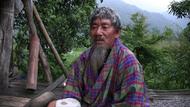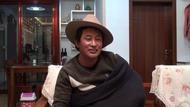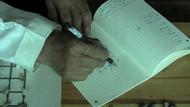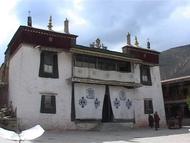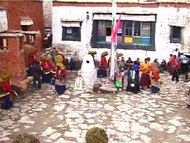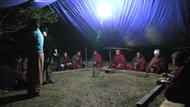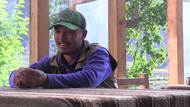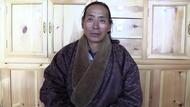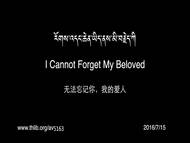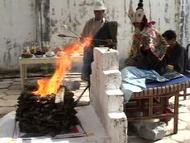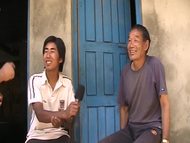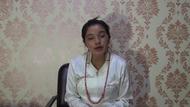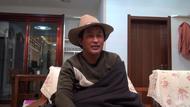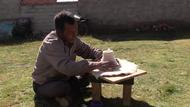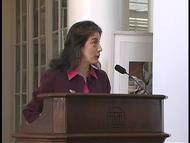Explore Williamson Reel No.08
Rating
Video Overview
According to the notes written by hand in the film canister, this reel was shot between the months of June and September, 1933, in and around Lhasa and Drepung.
Footage from in and around Lhasa and Drepung shot between the months of June and September, 1933
- Lhasa
places 637For more information about this term, see Full Entry below.
Feature Type City, ADM3, Capital of a 1st order administrative division
- Drepung Monastery
places 15468For more information about this term, see Full Entry below.
Feature Type Large Monastery
 Loading ...
Loading ... - Frederick Williamson's Films
subjects 6027For more information about this term, see Full Entry below.
- Historical Films
subjects 6032For more information about this term, see Full Entry below.
- The Frederick Williamson Collection
subjects 6033For more information about this term, see Full Entry below.
- Lhasa
subjects 6192For more information about this term, see Full Entry below.
- Drepung Monastery
subjects 6229For more information about this term, see Full Entry below.
- Lhasa
places 637For more information about this term, see Full Entry below.
Feature Type City, ADM3, Capital of a 1st order administrative division
- Drepung Monastery
places 15468For more information about this term, see Full Entry below.
Feature Type Large Monastery
- Lhasa
places 637For more information about this term, see Full Entry below.
Feature Type City, ADM3, Capital of a 1st order administrative division
- Drepung Monastery
places 15468For more information about this term, see Full Entry below.
Feature Type Large Monastery
MEMO Memo: excerpts from Margaret Williamson's narrative: 'Next came the presentation of our gifts, which included seven service rifles, twelve hundred rounds of ammunition, four silver dishes and two mechanical lamps. Afterwards, a servant brought us Indian tea and Jacob's Golden Puff biscuits, while Kunphel-la served the Dalai Lama with Tibetan tea, which he drank from a gold tea cup.' (page 100) 'Near by there was a large and well-built armoury in which several thousand rifles and a large quantity of ammunition were stored. Apparently there were plans afoot to build more rooms for storage of machine-guns and other weapons. When we visited Trapchi a few weeks later we were amazed to see that the projected new store-rooms had already been completed. Two hundred coolies, seventy carpenters and sixty masons had put them up in thirteen days flat. A little later, on the adjacent range, we saw some of the machine-guns in action. Accuracy was pretty good.' (page 125) 'Here about four hundred soldiers were drawn up as a guard of honour. They were commanded by Dep?hasur and four gyap?(literally, 'commander of a hundred'), and had with them a brass band that played creditably. Colours were also carried. The soldiers all wore khaki drill uniforms - not the smartest - and trousers, but no puttees. A few had western-style boots but most had on the colourful high Tibetan cloth boots with rope or leather soles. They carried .303 rifles which the British had supplied.' (page 95) 'Having returned to Tibet, His Holiness was aware of the fact that if Tibetan independence was to be a reality he would have to introduce some modern innovations. In particular, an army equipped with modern weapons and trained in their use was required. Also he wished to develop the natural resources of Tibet (for instance, by opening up new mineral mining operations), as well as introducing electricity, telegraphy, a police force in the capital and Western education. In all these endeavours he unfortunately tried to proceed far too quickly and ran into much resistance from the conservatives.' (page 98) MASTER TAPE INFO Tape Label: WILLIAMSON EDITS copy: 7-12, 14 Master Tape Label: NDRP Master 1 Recorded: 2003-05-01
